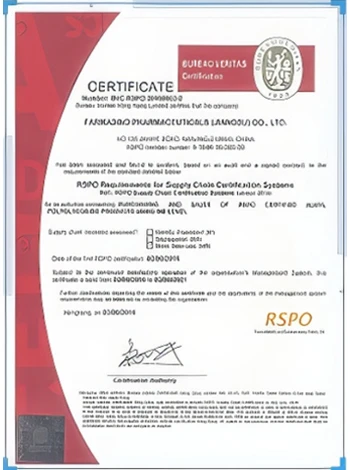



sodium sulphide molecular weight
Understanding the Molecular Weight of Sodium Sulphide
Sodium sulphide (Na2S) is a significant inorganic compound with a range of applications, particularly in chemical industry processes. To fully appreciate its utility, it's essential to understand its molecular weight as well as its characteristics, uses, and safety considerations.
What is Molecular Weight?
Molecular weight, or molecular mass, refers to the mass of a molecule of a substance calculated from the atomic weights of the constituent atoms, measured in atomic mass units (amu). The molecular weight of a compound is pivotal in stoichiometric calculations, which are fundamental to chemical reactions and formulations.
Calculation of Sodium Sulphide’s Molecular Weight
To determine the molecular weight of sodium sulphide, we must first know the atomic weights of its constituent elements. Sodium (Na) has an atomic weight of approximately 22.99 g/mol, while sulphur (S) has an atomic weight of about 32.07 g/mol. Sodium sulphide contains two sodium atoms and one sulphur atom, leading to the following calculation
- Sodium 2 x 22.99 g/mol = 45.98 g/mol - Sulphur 1 x 32.07 g/mol = 32.07 g/mol
Adding these two results gives us the total molecular weight of sodium sulphide
\[ Molecular Weight of Na2S = 45.98 \, \text{g/mol} + 32.07 \, \text{g/mol} = 78.05 \, \text{g/mol} \]
sodium sulphide molecular weight

Thus, the molecular weight of sodium sulphide is approximately 78.05 g/mol.
Properties and Applications
Sodium sulphide is a white, water-soluble solid that often presents as yellow, due to oxidation, or as a clear water solution. Its strong alkaline properties make it useful in various industrial applications. One primary use is in the paper and pulp industry, where it acts as a reducing agent and helps in the digestion of wood pulp during the production of paper.
Additionally, sodium sulphide is utilized in the mining industry for the extraction of certain metals, such as copper and lead. It aids in the separation of these metals from ores through a process known as flotation. The compound is also important in the production of dyestuffs and as a replenisher in photographic developing solutions.
In laboratories, sodium sulphide serves as an important reagent in experiments requiring sulfide formation. It plays a critical role in various synthesis reactions in organic chemistry.
Safety Considerations
Despite its utility, handling sodium sulphide requires caution. The compound is classified as hazardous due to its toxic nature and the release of hydrogen sulphide (H2S) gas when it reacts with acids. Exposure to hydrogen sulphide can lead to serious health risks, including respiratory distress and even death in high concentrations. Therefore, proper safety protocols must accompany its usage, including protective gear such as gloves, goggles, and adequate ventilation in workspaces where sodium sulphide is handled.
Conclusion
In summary, sodium sulphide is a compound of considerable importance across various industries due to its unique properties and applications. Understanding its molecular weight, approximately 78.05 g/mol, is fundamental for chemical formulations and reactions. However, awareness of its hazards is equally crucial. By adhering to safety protocols, researchers and industrial workers can safely harness the benefits of this versatile compound while mitigating risks.
-
Why Sodium Persulfate Is Everywhere NowNewsJul.07,2025
-
Why Polyacrylamide Is in High DemandNewsJul.07,2025
-
Understanding Paint Chemicals and Their ApplicationsNewsJul.07,2025
-
Smart Use Of Mining ChemicalsNewsJul.07,2025
-
Practical Uses of Potassium MonopersulfateNewsJul.07,2025
-
Agrochemicals In Real FarmingNewsJul.07,2025
-
Sodium Chlorite Hot UsesNewsJul.01,2025










